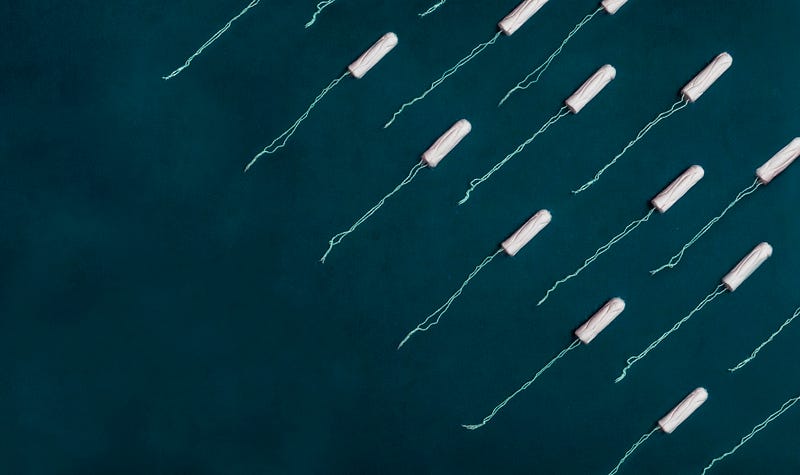Dramatic Decline in Male Fertility: A Global Concern
Written on
Understanding the Decline in Sperm Quality
Recent research indicates a significant drop in male reproductive health, raising serious public health concerns. A meta-analysis conducted by Dr. Hagai Levine at the Hebrew University of Jerusalem examined data from 7,500 studies spanning 1973 to 2011. The results are shocking: sperm quality in men from Western nations has plummeted by 60% in less than four decades.
In an interview with Elisabeth Kemp, Dr. Levine emphasized the crucial impact of environmental factors on male reproductive health, stating that this area remains largely overlooked. He pointed out that male fertility is not only vital for the survival of our species but also serves as an important indicator of overall health. If current trends persist, we could face dire consequences in just 50 years.

The Implications of a Fertility Crisis
Niels Christian Geelmuyden, author of the book "Spermageddon" (2019), warns that the rapid deterioration of sperm quality resembles the urgency of climate change. Researchers are concerned that without immediate action, we may face severe reproductive challenges within a few decades. Conversely, if proactive measures are implemented, there is hope for improvement in the next 20 to 30 years.
The decline in sperm quality isn't limited to humans; it's also affecting other animal species, including fish, amphibians, and birds. The underlying causes of this decline are multifaceted, with indications pointing towards diet, lifestyle, drug use, and environmental toxins.
In this video, Dr. Austin discusses the alarming drop in sperm counts and the reasons behind it.
Examining External Influences
The Western world is particularly vulnerable due to extensive research in this area, yet alarming trends are emerging globally. For example, in parts of Africa, infertility rates among men reach as high as 35%, despite fewer environmental toxins. This suggests that factors such as climate and humidity may also play a significant role.
In China, pollution has become a critical issue, with semen banks in Shanghai rejecting 90% of donations due to poor quality. Meanwhile, Norway has recorded the lowest sperm quality in Europe since 2006, possibly linked to high levels of environmental toxins found in the blood.

The Rise of Feminization
Many chemicals and endocrine disruptors are believed to contribute to a trend of feminization across species. Disturbingly, studies indicate that 60% of Danish boys now exhibit signs of breast development, while male otters are experiencing shrinking reproductive organs.
The effects of these chemicals extend to human health, with a significant number of individuals identifying as having obscure gender identities. These changes may correlate with reduced sexual activity among young men, some of whom are resorting to medications like Viagra.
To combat these trends, Dr. Levine suggests that we need to take a proactive stance on public health initiatives.
What Actions Can We Take?
Fortunately, there are actionable steps individuals can take to improve their health and fertility. Regular physical activity is essential, as sedentary lifestyles can negatively impact reproductive health. Engaging with nature and spending time outdoors can also enhance mental and physical well-being.
Eating organic foods has been shown to double sperm counts, while exposure to sunlight can help boost vitamin D levels—essential for overall health. Additionally, fostering intimate relationships can further improve reproductive outcomes.
This video explores the global decline in sperm counts and offers practical advice on how to mitigate this potential fertility crisis.
Addressing Environmental Concerns
Dr. Levine advocates for increased awareness of male reproductive health as a public health issue. Research should focus on understanding the causes and effects of declining sperm quality. Preventative measures must also address the regulation of endocrine disruptors and harmful chemicals in our environment.
In conclusion, taking concerted action now can help reverse the current trends in male fertility. By prioritizing health, advocating for better environmental regulations, and promoting active lifestyles, we can work towards a healthier future for all.

Copyright © 2019, Øivind H. Solheim. All rights reserved.